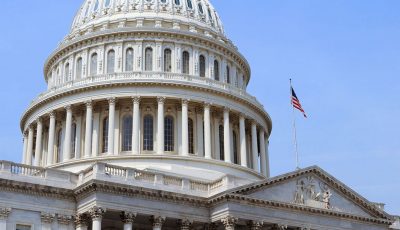‘Public water systems now consistently compliant’
Public water systems have been annually monitored and found compliant in the years since the early 2000s, when several water systems were reported to violate CNMI regulations, according the Bureau of Environmental and Coastal Quality
Jose Kaipat, the safe drinking-water manager of the BECQ Division of Environmental Quality, told Saipan Tribune he is confident that the water used in the CNMI for drinking and other human consumption is safe.
The Commonwealth Utilities Corp., Pacific Islands Club, Commonwealth Health Corp., and LSG Sky Chef had been found to have violated water contaminant levels in the past, according to Kaipat.
“In the past, these public water systems were not aware of their situation,” he said.
All the required monitoring were implemented and enforced beginning 1999 to 2000, Kaipat said.
He said all these systems were made aware of their situation and they had made changes to their water systems using the best available technology.
They are now in compliance, he said, but added that they are required to “continue annual monitoring to assure that health issues do not happen again.
In the early 2000s, CUC had violated maximum contaminant levels, or MCL, for total coliform rule, or TCR. Kaipat said CUC corrected the problem by removing source contaminants from its system.
The violations had to do with how CUC calculated its compliance reports to DEQ, Kaipat said.
Some of the data for monthly compliance was not used by CUC, and when data was recalculated, CUC was shown to have violated regulations for an entire year.
CUC also violated organic and inorganic levels, for trichloroethylene, or TCE, in 2001. This was solved when CUC removed these sources from their system.
PIC had violated the MCL for lead and copper amounts in their water, and was later found to have violating levels of TCE. Installing granular carbon filtration as part of their systems treatment solved this problem. Adding chemicals that increased the water’s pH level solved the lead exceedance.
Other systems had problems with lead and copper contaminants, like a health facility in CHC and LSG Sky Chef, Kaipat noted.



























